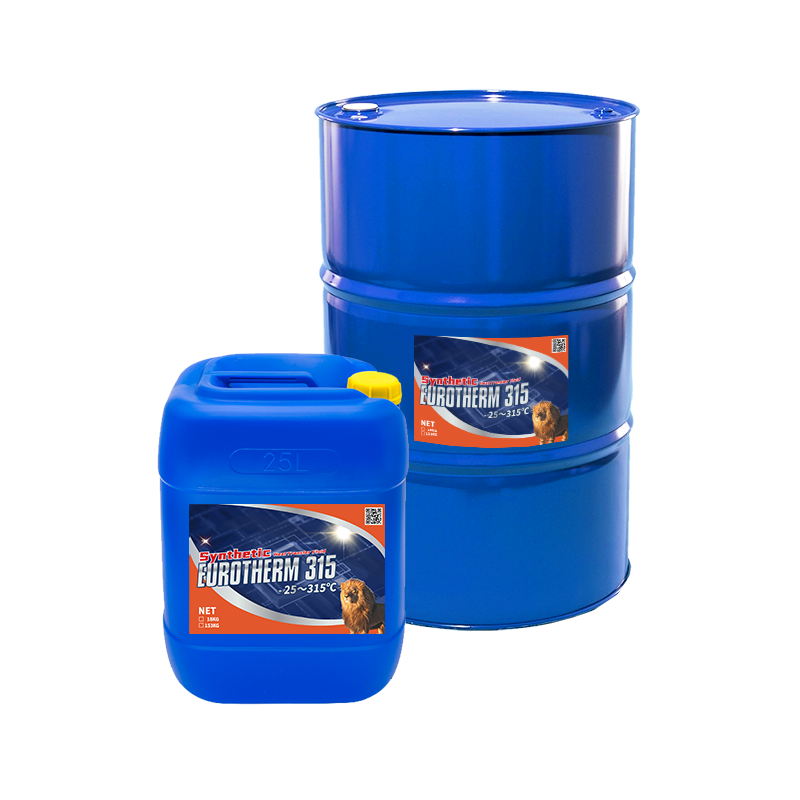Chemie Things To Know Before You Get This
Chemie Things To Know Before You Get This
Blog Article
Chemie Fundamentals Explained
Table of ContentsThe Basic Principles Of Chemie About ChemieSome Known Facts About Chemie.Chemie Things To Know Before You BuyThe 9-Minute Rule for ChemieNot known Factual Statements About Chemie
(https://www.edocr.com/v/e1zmgylv/betteanderson/chemie)Calculated adjustment in electrical conductivity of liquid samples as a function of time when mixed with the material sample in the closed indirect cooling loophole experiment. Number 6 reveals the modification in the determined electric conductivity of the liquid examples when mixed with the resin sample. The conductivity of the water sample from the shut loop experiment minimized by roughly 70% from 11.77 S/cm to 3.32 S/cm in 6 hours.These results showed that the capacity of the resin depends on the examination fluid used for the experiment. This shows that various ions present in the liquid will certainly result in different ion exchange ability of the liquid. As a result, calculating the ion exchange material capacity with the fluid example from the real air conditioning loophole is very important.
Chemie Fundamentals Explained
Therefore, an ion exchange material cartridge consisting of 20g of Dowex mixed bed material may tackle order 938 days to saturate. Simply put, to preserve a reduced electrical conductivity, a resin cartridge with the dimension and weight specification as that of the resin cartridge made use of in the experiment, require to be transformed every 30 months for the cooling system that was used in the experiment
The cooling of digital parts has actually become a major challenge in recent times due to the improvements in the layout of faster and smaller sized elements. The usage of a fluid coolant has actually ended up being appealing due to the higher warm transfer coefficient attained as contrasted to air-cooling.
Unknown Facts About Chemie
A single stage air conditioning loop consists of a pump, a heat exchanger (chilly plate/mini- or micro-channels), and a warm sink (radiator with a follower or a liquid-to-liquid warm exchanger with cooled water air conditioning). The warmth source in the electronics system is attached to the heat exchanger.
The demands may differ depending upon the kind of application. Following is a checklist of some basic requirements: Good thermo-physical properties (high thermal conductivity and certain warm; reduced viscosity; high latent heat of dissipation for two-phase application) Reduced cold point and burst factor (occasionally ruptured defense at -40 C or lower is needed for delivery and/or storage space objectives) High atmospheric boiling point (or reduced vapor stress at the operating temperature) for single stage system; a slim desired boiling point for a two-phase system Good chemical and thermal stability for the life of the electronic devices system High flash factor and auto-ignition temperature level (sometimes non-combustibility is a demand) Non-corrosive to products of building (metals along with polymers and various other non-metals) No or minimal governing restraints (ecologically friendly, nontoxic, and perhaps biodegradable) Affordable The very best electronics coolant is an inexpensive and safe liquid with exceptional thermo-physical residential properties and a lengthy solution life.
Little Known Questions About Chemie.
A lot of these fluids have a non-discernible smell and are nontoxic in instance of call with skin or consumption. As mentioned in the past, aliphatic PAO-based fluids have actually replaced the silicate-ester liquids in a range of military electronics (and avionics) cooling applications in the last decade. An additional class of prominent coolant chemistry is dimethyl- and methyl phenyl-poly (siloxane) or generally known as silicone oil.
Fluorinated substances such as perfluorocarbons (i.e., FC-72, FC-77) hydrofluoroethers (HFE) and perfluorocarbon ethers (PFE) have certain one-of-a-kind residential or commercial properties and can be made use of touching the Learn More electronic devices [4, 8] First of all, these liquids are non-combustible and non-toxic. Some fluorinated compounds have absolutely no ozone diminishing potential and other ecological buildings.
Ethylene glycol is colorless and almost odor-free and is completely miscible with water. When appropriately hindered, it has a relatively reduced corrosivity. This coolant is categorized as hazardous and need to be taken care of and disposed of with care. The quality of water used for the prep work of a glycol solution is really essential for the system.
Examine This Report on Chemie

Other than absence of poisoning, it has no benefits over ethylene glycol, being higher in expense and more thick. This is an inexpensive antifreeze remedy, locating use in refrigeration services and ground source heatpump. Comparable to glycols, this can be inhibited to quit deterioration. This liquid can be used down to -40 C because of its reasonably high price of heat transfer in this temperature level array.
It is thought about more hazardous than ethylene glycol and subsequently has discovered use just for process applications located outdoors. Methanol is a combustible liquid and, as such, introduces a prospective fire hazard where it is kept, took care of, or made use of. This is an aqueous remedy of denatured grain alcohol. Its main benefit is that it is non-toxic.
The Facts About Chemie Revealed
As a flammable liquid, it calls for specific safety measures for dealing with and storage space. Aqueous solutions of calcium chloride locate large usage as flowing coolants in food plants. The major applications of these fluids are in the food, drink, pharmaceuticals, chemical and climatic chamber applications, recently these fluids have actually been explored for single-phase convection cooling of microprocessors.
Report this page